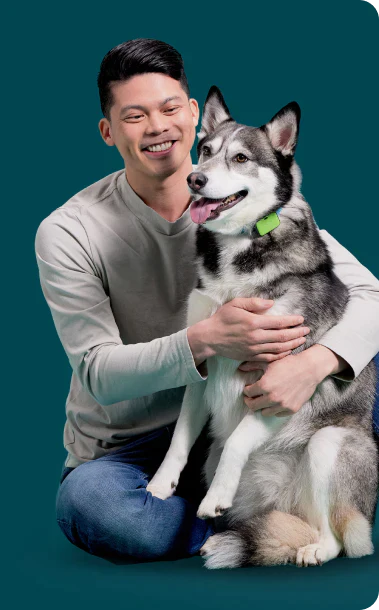Size Guide
XS/S
Neck size:8” - 11”
For Dogs:5 - 25lbs
Breeds like:Russel Terrier, Dachshund
S/M
Neck size:12” - 18”
For Dogs:10 - 55lbs
Breeds like:Beagle, Cocker Spaniel
M/L
Neck size:16” - 24”
For Dogs:Up to 75lbs
Breeds like:Labrador Retriever, German Shepherd
How to Measure:
1
Grab a string, shoelace, or paper strip to measure the base of your dog’s neck.
2
Measure the circumference, leaving room to fit two fingers (about 1.25-1.5’’).
3
Select your size using the guide below. Between sizes? We suggest sizing up.
Need help? Give us a call: 1-855-999-0471








